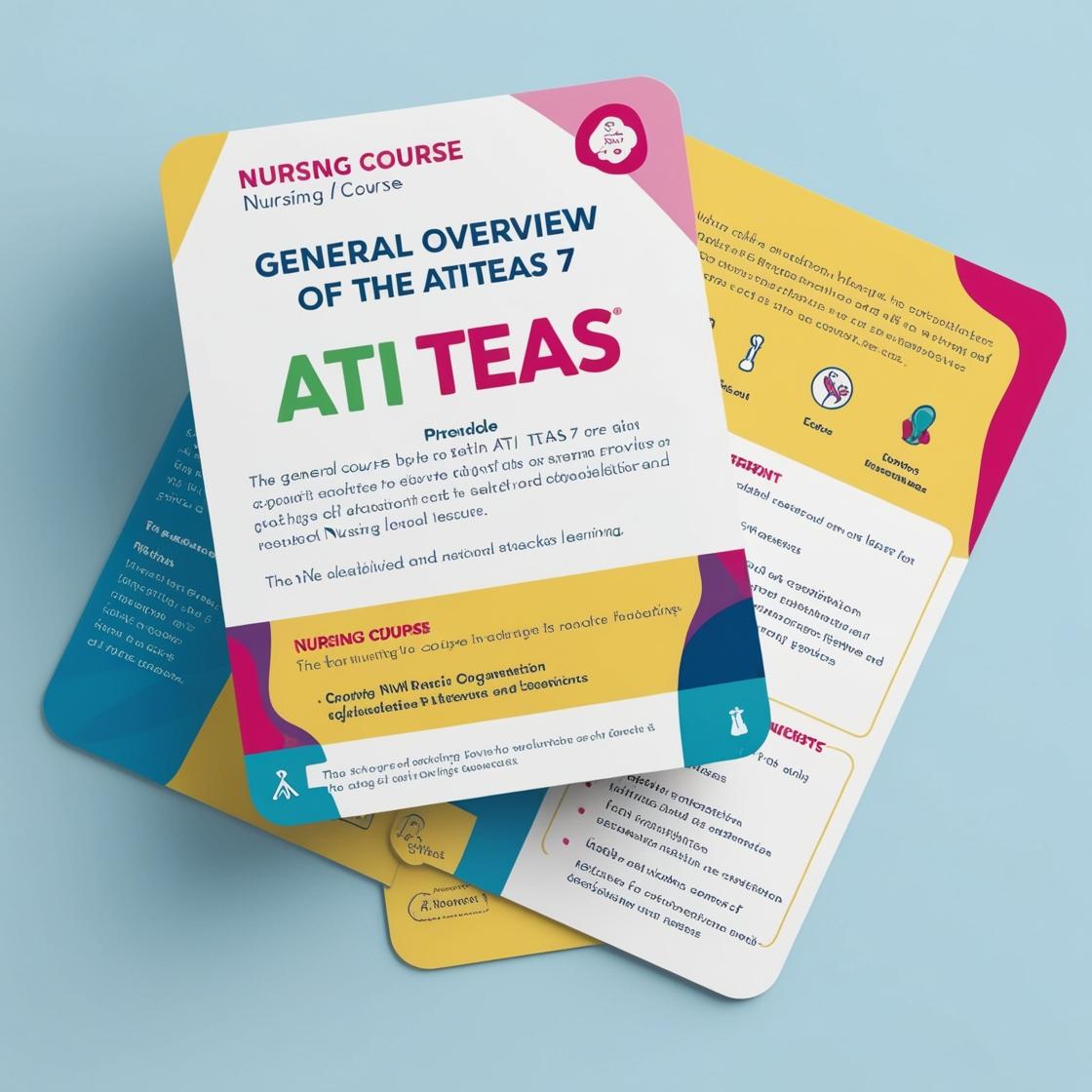ATI TEAS 7
TEAS Practice Math Test
1. The cost of renting a car is $50 per day plus $0.25 per mile driven. If a customer rents the car for 3 days and drives 120 miles, what is the total cost?
- A. $156
- B. $190
- C. $165
- D. $210
Correct answer: A
Rationale: To calculate the total cost, first, multiply the number of days by the cost per day: 3 days x $50/day = $150. Then, multiply the number of miles driven by the cost per mile: 120 miles x $0.25 = $30. Finally, add the two amounts together: $150 (daily cost) + $30 (mileage cost) = $180. Therefore, the correct total cost is $180, which corresponds to choice A. The other choices are incorrect because they do not reflect the accurate calculation of $150 for the daily cost and $30 for the mileage cost.
2. While at the local ice skating rink, Cora went around the rink 27 times in total. She slipped and fell 20 of the 27 times she skated around the rink. What approximate percentage of the times around the rink did Cora not slip and fall?
- A. 37%
- B. 74%
- C. 26%
- D. 15%
Correct answer: C
Rationale: To find the approximate percentage of the times Cora did not slip and fall, subtract the times she fell (20) from the total times around the rink (27), which gives 7. Then, divide the number of times she did not slip and fall (7) by the total times around the rink (27) and multiply by 100 to get the percentage. So, 7 divided by 27 equals 0.259, which rounds to approximately 26%. Therefore, the correct answer is 26%. Choice A (37%) is incorrect because it does not reflect the calculation based on the given information. Choice B (74%) is incorrect as it is not the result of the correct calculation. Choice D (15%) is incorrect as it does not match the calculated percentage based on the scenario provided.
3. Jeremy put a heavy chalk mark on the tire of his bicycle. His bike tire is 27 inches in diameter. When he rolled the bike, the chalk left marks on the sidewalk. Which expression can be used to best determine the distance, in inches, the bike rolled from the first mark to the fourth mark?
- A. 3(27π)
- B. 4π(27)
- C. (27 ÷ 3)π
- D. (27 ÷ 4)π
Correct answer: A
Rationale: The distance traveled by the bike in one complete roll of the tire is equal to the circumference, which can be calculated using the formula C = πd, where d is the diameter. Given that the diameter of the bike tire is 27 inches, the circumference is obtained by multiplying the diameter by π. As the tire rolls from the first mark to the fourth mark, it completes three full rotations (one complete roll plus two more). Therefore, the total distance rolled is 3 times the circumference, which results in 3(27π). Choice A is correct. Choice B is incorrect as it incorrectly multiplies the diameter by 4π instead of multiplying the circumference by 4. Choices C and D are incorrect as they involve dividing the diameter by a number, which is not applicable in this context.
4. Chan receives a bonus from his job. He pays 30% in taxes, donates 30% to charity, and uses another 25% to pay off an old debt. He has $600 remaining. What was the total amount of Chan's bonus?
- A. $3,000
- B. $3,200
- C. $3,600
- D. $4,000
Correct answer: D
Rationale: Chan has used 30% + 30% + 25% = 85% of his bonus, which leaves 15% remaining. Since 15% of his bonus is $600, you can find the total bonus amount by dividing $600 by 15% (or multiplying by 100/15), which equals $4,000. Therefore, the correct answer is $4,000. The other choices are incorrect because they do not accurately represent the total remaining amount after the specified deductions.
5. Simplify the following expression: (2/7) ÷ (5/6)
- A. 2/5
- B. 35/15
- C. 5/21
- D. 12/35
Correct answer: D
Rationale: To divide fractions, you multiply the first fraction by the reciprocal of the second fraction. In this case, (2/7) ÷ (5/6) becomes (2/7) × (6/5) = 12/35. Therefore, the correct answer is 12/35. Choice A (2/5), choice B (35/15), and choice C (5/21) are incorrect because they do not correctly simplify the given expression.
Similar Questions

Access More Features
ATI TEAS Premium Plus
$150/ 90 days
- Actual ATI TEAS 7 Questions
- 3,000 questions with answers
- 90 days access
ATI TEAS Basic
$99/ 30 days
- 3,000 Questions with answers
- 30 days access
